Abdominoplasty, also known as “tummy tuck” or “abdominal etching”, is a cosmetic procedure that removes excess fatty and/or skin tissue from the abdominal region. It is also used to tighten loose abdominal muscles. This procedure can improve the body contour, giving the abdomen a sculpted and toned look with improved waist definition. Abdominoplasty can be used to improve the appearance of the abdomen after pregnancy, excessive weight loss, and general aging. Candidates for abdominoplasty should be at a stable, healthy weight and should not plan to lose significant amounts of weight. In addition, patients should be aware that a tummy tuck cannot correct stretch marks on the lower abdomen, but these can be removed surgically. The surgery begins with the dermatologist making a horizontal incision very close to the pubic hairline. The excess skin and fat are removed, and the underlying muscle layers are tightened to give the abdomen a more toned appearance. Depending on the patient’s needs, liposuction may be performed to remove excess fat from the region. Finally, the skin is stretched back over the abdomen and the extra skin is trimmed away, with the procedure completed with sutures to close incisions. The recovery process after abdominoplasty varies for each patient, but typically lasts about three to four weeks. During recovery, patients should follow their dermatologist's instructions carefully and get plenty of rest. After a tummy tuck, patients may experience some swelling and discomfort, which is typically managed with medication prescribed by the doctor. Results are usually permanent, although skin will still stretch with age or weight gain. To maintain the best abdominal contour, patients should keep their weight stable after the surgery. Ultimately, abdominoplasty is an effective way to reshape the lower abdominal area and achieve an improved contour. Patients should consult with a board-certified dermatologist to ensure they understand the risks and benefits associated with the procedure.
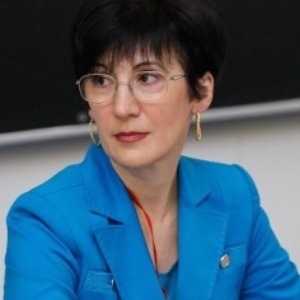
Irina Sergeeva
Novosibirsk State University, Russian Federation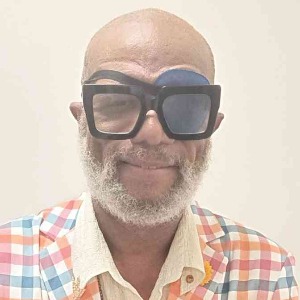
Dave Ray
Dave Ray Enterprises., United States
George Sulamanidze
Plastic Surgeon at Clinic of Plastic and Aesthetic Surgery and Cosmetology TOTALCharm, Georgia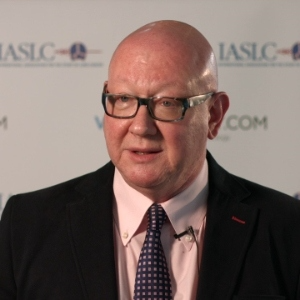
Sergei A Grando
University of California Irvine, United States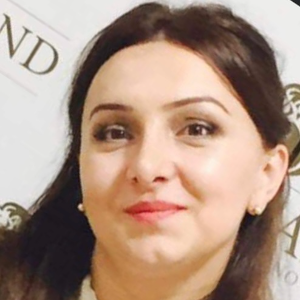
Nino Tsamalaidze
Ltd Karabadini+, Georgia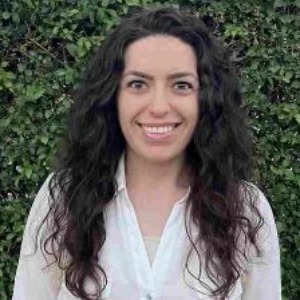
Lina Petrossian
California University of Science and Medicine, United States
Surajbala Khuraijam
Manipur Health Services, India
Shrutimita Pokhariyal
Symbio, India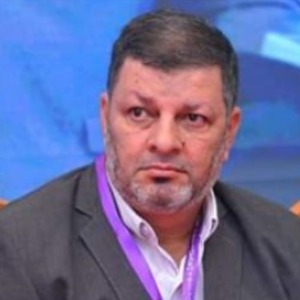
Yasser Mohammed Hassanain Elsayed
Egyptian Ministry of Health, Egypt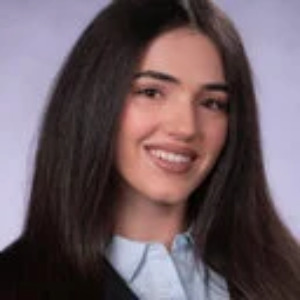



Title : Paraneoplastic Autoimmune Multiorgan Syndrome or PAMS: Paraneoplastic pemphigus revisited
Sergei A Grando, University of California Irvine, United States
Title : Modern non-invasive methods for in vivo assessment of skin
Georgios N Stamatas, SGS, France
Title : Personalized and precision dermatology through the view of biodesign-inspired translational & data-driven applications: Revolutionary skin treatments for every concern in clinical dermatology integrating skin care experts and consumers
Sergey Suchkov, N.D. Zelinskii Institute for Organic Chemistry of the Russian Academy of Sciences, Russian Federation
Title : The next generation of threads: Lifting, volumization, and biostimulation in one powerful triple action
George Sulamanidze, Plastic Surgeon at Clinic of Plastic and Aesthetic Surgery and Cosmetology TOTALCharm, Georgia
Title : Lymphoproliferative diseases in the practice of a dermatologist
Irina Sergeeva, Novosibirsk State University, Russian Federation
Title : Art, skin, and dermatology: Interdisciplinary perspectives
Dechelette Corinne, La Peau Autrement, France
Title : Comparative efficacy of omalizumab and dupilumab in children with Chronic Spontaneous Urticaria (CSU): A retrospective cohort analysis
Molynna Nguyen, University of Toledo, United States
Title : "Mirror mirror on the skin” — A low-cost community strategy to reduce melanoma disparities in Washington, D.C.
Kayla Sampson, Georgetown University School of Medicine, United States
Title : Vitiligo: Not just an aesthetic disorder
Mateja Starbek Zorko, University Medical centre Ljubljana, Slovenia
Title : Personalized and Precision Medicine as a unique avenue to have the healthcare model renewed to secure the national biosafety: Advanced skincare solutions in individualized cosmetology, reconstructive plastic surgery and the modern beauty
Sergey Suchkov, N.D. Zelinskii Institute for Organic Chemistry of the Russian Academy of Sciences, Russian Federation